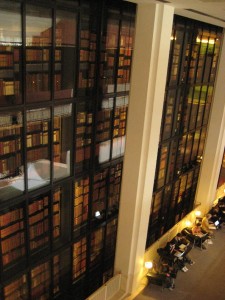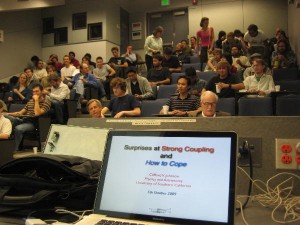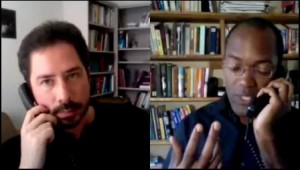Too Little, Too Much, or Just Right?
Charles Day on the Physics Today blog asks an interesting question: Why has physics today’s news coverage of string theory been so sparse? I must admit that I had not noticed what the level of coverage is, and so the matter had not sprung to mind, but it is an interesting one. He looks back at the number of major articles written about the subject in recent years (he was a feature editor, and so shepherded some of them through), and concludes that the numbers are low, and he may well be right, but I am not sure I know what the best measure is.
How do we measure the appropriate coverage level? Is it by the number of people working in a sub-field as a percentage of the overall field of physics? If it were possible to break things down that way (I’m happy to see that we have come to a point in the field where I’ve no idea how to define what a “string theorist” is, per se, any more than I know what a “field theorist” is. There are simply people working in various fields who use both as tools to make progress) I wonder what fields would end up appearing under or over covered?
Perhaps a large part of it it is the issue of how many articles on the topic can be written that are of general enough interest, and finding the people who are both able and willing to write. This is a tricky issue, and depends on a combination of the topic in hand and the knowledge and writing skill of the author. There are two extremes that would be a factor here. On the one hand, you have the obvious difficulty of a non-expert journalist either not being able to see the general relevance or value of new results in such a specialist field, or if having seen it, not being able to explain it […] Click to continue reading this post

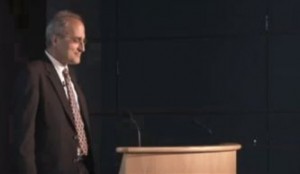
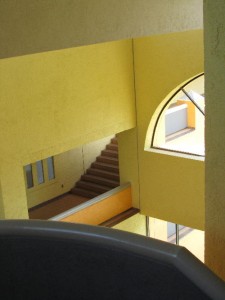

 One of the things I worked a lot on in earlier months this year (and late ones of last year) was the lead article in a cluster of articles that has appeared in the last few days in May’s special edition of Physics Today. They are sort of departmental-colloquium-level articles, so for a general physics audience, more or less. It’s about some of the things I’ve told you about here in the past, concerning exciting and interesting applications of string theory to various experiments in nuclear physics, as well as atomic and condensed matter physics (although we do not have an article on the latter in this cluster). I had a fun time working with Peter Steinberg on the article and remain grateful to him for getting us all together in the first place to talk about this topic way back in that AAAS symposium of 2009. It was there that Steven Blau of Physics Today got the idea to approach us all to do an article, which resulted in this special issue.
One of the things I worked a lot on in earlier months this year (and late ones of last year) was the lead article in a cluster of articles that has appeared in the last few days in May’s special edition of Physics Today. They are sort of departmental-colloquium-level articles, so for a general physics audience, more or less. It’s about some of the things I’ve told you about here in the past, concerning exciting and interesting applications of string theory to various experiments in nuclear physics, as well as atomic and condensed matter physics (although we do not have an article on the latter in this cluster). I had a fun time working with Peter Steinberg on the article and remain grateful to him for getting us all together in the first place to talk about this topic way back in that AAAS symposium of 2009. It was there that Steven Blau of Physics Today got the idea to approach us all to do an article, which resulted in this special issue.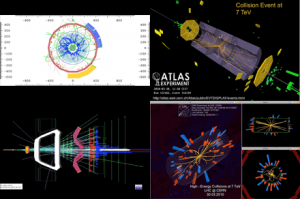
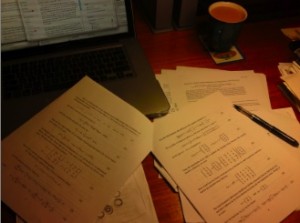 …more to go. I’ve finished one of the papers I’ve been writing (this one co-authored with my student, Tameem) after delaying on it for months. I’m not sure how things got quite this backed up in terms of things I have to do, but they have. I meant to start on a new, long project last week, and all my efforts these days have been toward clearing away all those things I want to get done and dusted before focusing on that. It is taking time, but gradually the clearing is happening. Two more manuscripts to complete.
…more to go. I’ve finished one of the papers I’ve been writing (this one co-authored with my student, Tameem) after delaying on it for months. I’m not sure how things got quite this backed up in terms of things I have to do, but they have. I meant to start on a new, long project last week, and all my efforts these days have been toward clearing away all those things I want to get done and dusted before focusing on that. It is taking time, but gradually the clearing is happening. Two more manuscripts to complete.